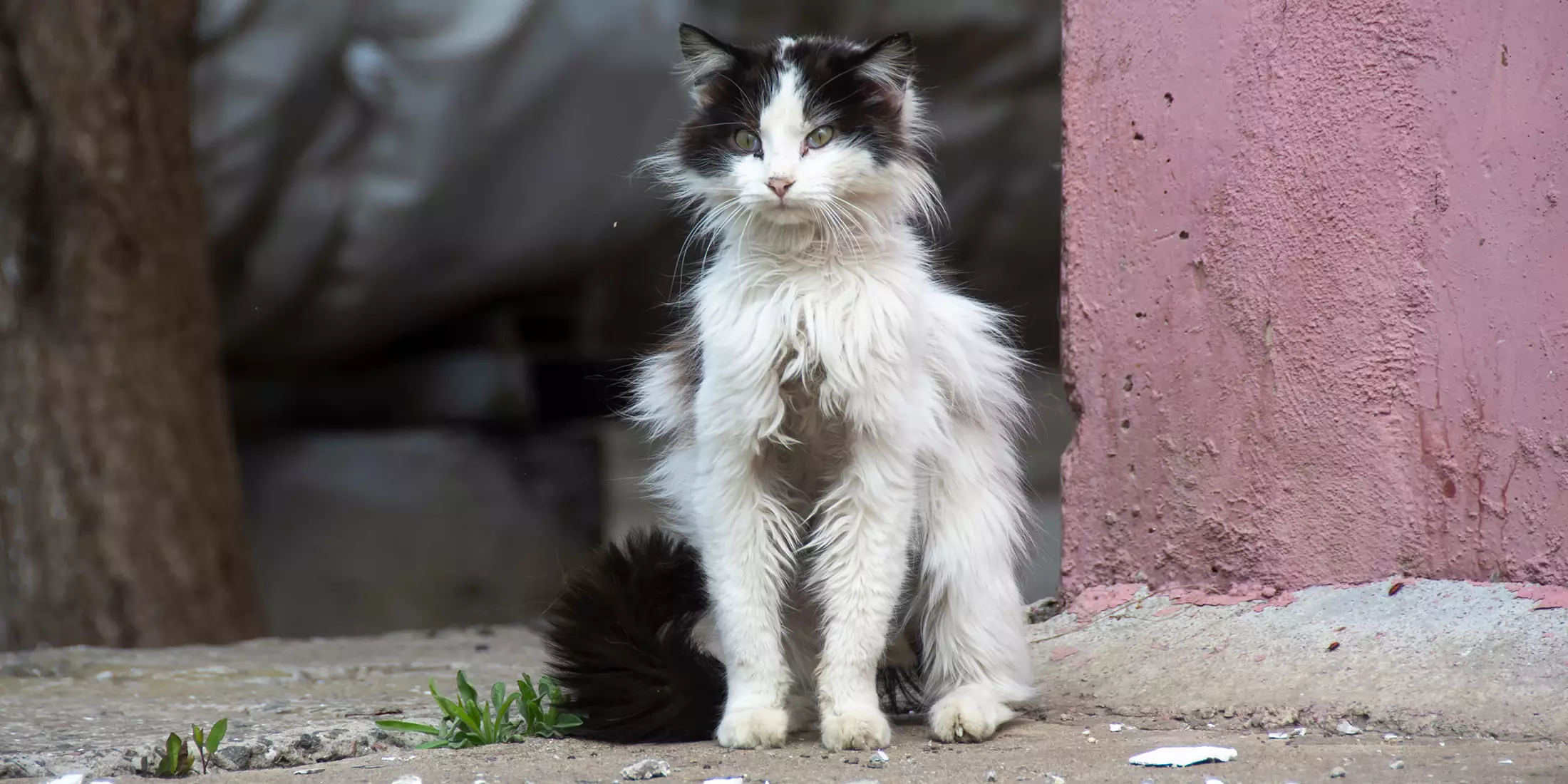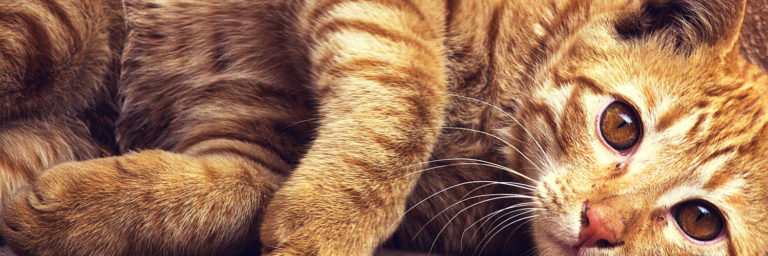Ringworm in Cats: Guide to Ringworm Symptoms, Causes and Treatment
Contents of Article
Ringworm in cats is a form of fungal infection that affects the superficial layer of the skin, impacting the hair, nails, and skin. As one of the most common contagious skin infections, ringworm can be transmitted from cats to other pets and even humans. The hair loss causes bald spots in cats, which may be smooth with a reddish ring around. However, sometimes, these may be crusty with the site appearing like sores. The fungal infection affects different parts of the body, including the chest, ears, face, and forelegs.
Dermatophytosis is most often used to describe a fungal infection in cats. Ringworm is caused by a fungus that hides in the moist areas, such as under collars or saddle pads. The infection can result in flaky circular patches of hair loss that may appear in the form of central red rings.
Symptoms of Ringworm in Cats
Some of the most common symptoms of ringworm infection include lesions on the cat’s ears and head. Lesions may appear on the forelimbs as well. Some cats may show localized symptoms of redness. In severe cases of fungal infections, the red bald patches may spread over the entire body. Some cats may carry ringworm spores without showing any symptoms of the infection.
The fungi that cause ringworm feed on the keratin found in the hair, skin, and nails. The infection is extremely contagious in cats and can spread from an infected animal to another or to a human through skin-to-skin contact or contaminated grooming supplies.
Ringworm in cats can be difficult to detect, as the lesions may be mild or not detectable. Sometimes the only visible indicator of infection may be in the form of a cigarette ash scaling inside the coat.
Some cats may have round thickened patches of skin with hair loss. Severe loss of hair may result when spores infect hair shafts, which often makes the infected hair more fragile.
- Skin lesions on the ears, head, or forelimbs are some of the most common symptoms of ringworm in cats.
- Flaky bald patches
- Dandruff or redness in localized areas
- Severe infections may spread over the entire body of the cat.
- Dead skin cell collection that may further cause dandruff, itchiness, reddened skin, darkened or pigmented skin, poor hair coat, hair loss, and itchiness.
Causes of Ringworm in Cats
- Environmental factors may play a significant role in the spread of the infection. Areas densely populated and lacking adequate quarantine have a high risk of ringworm infection in cats.
- Kittens that are less than one year of age and the longhaired breed are more prone to ringworm.
- Cats that are immunocompromised are at a high risk of the infection.
- In cats, Microsporum canis, a species of dermatophyte, is responsible for causing a majority of ringworm infections.
Diagnosing Ringworm in Cats
Ringworm cannot be detected by naked eyes. Vets use a Wood’s lamp or specialized black light to detect the infection. Some fungal species illuminate a fluorescent color upon exposure to a Wood’s lamp. Another method is to pluck hairs from the periphery of the lesion and do a microscopic test. This is a popular method to diagnose ringworm in cats. About 40-70% of the infections are diagnosed this way.
Another widely popular method is to collect scales and crust from the cat’s coat and skin and do a fungal culture. Your vet may use a toothbrush to collect a sample of the kitty’s hair and scales. Some tests are specially designed to identify ringworm infections. If your feline is diagnosed with a ringworm infection, it is important to get her evaluated for underlying diseases that may further aggravate the risk.
Ifthere are rarely any specific symptoms, ultraviolet light may be used for diagnosis. A vet may examine a fungal sample taken from the skin or hair to diagnose ringworm in cats. Additionally, skin biopsy and microscopic exam are sometimes performed if things do not clear out with other methods to diagnose the problem.
The most popular method for diagnosing ringworm in cats is performing a lab culture of the fungus. The lab test is performed on the samples of hair and skin scrapings. While some test results are confirmed within a few days, sometimes there may be a slow growth of fungal spores. As a result, the culture report may take a month.
Treatment of Ringworm in Cats
A topical antifungal cream is often used for treating small isolated lesions in mild cases of infection. However, more severe cases may require a combination of oral and topical treatments. The vet may suggest clipping the lesions so that the topical treatment can penetrate the skin.
Some vet dermatologists are of the opinion that owners should get their longhaired cats shaved completely to ensure the efficacy of the ringworm treatment. However, it is important to ensure that the skin is not irritated when clipping. Otherwise, there is a high risk of the spread of the infection. Besides, it is equally important to sterilize the grooming instruments after each use.
Severe generalized lesions may be treated with oral antifungal agents, especially where nails are infected. The vet may recommend oral antifungal agents when the kitty does not respond to topical treatment even after two to four weeks. Ringworm treatment in cats may be continued until two negative cultures are reported one week apart.







